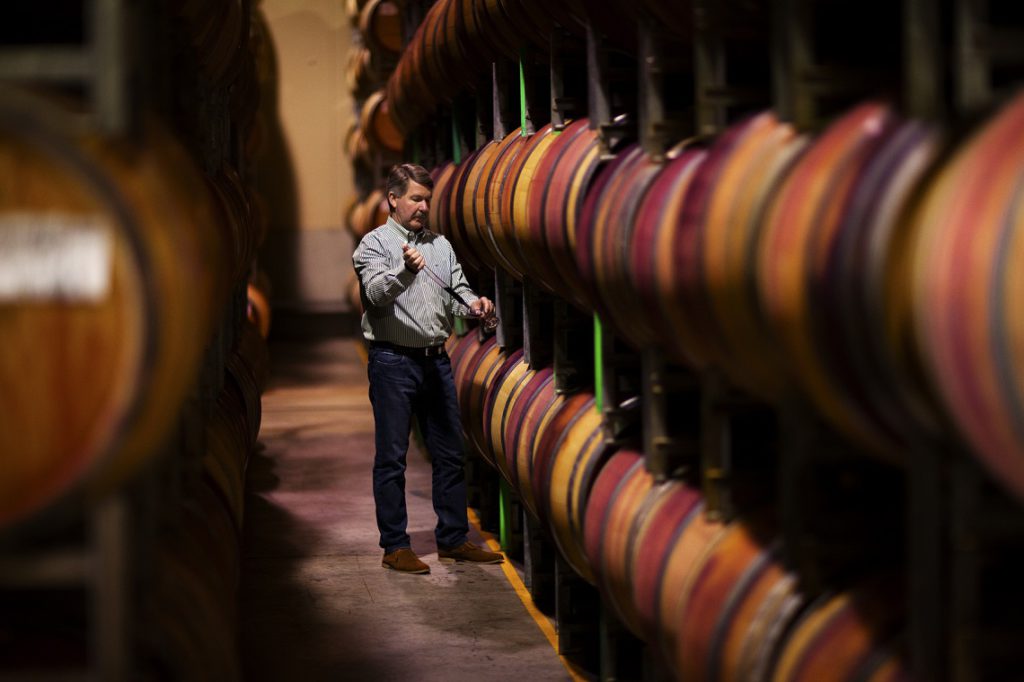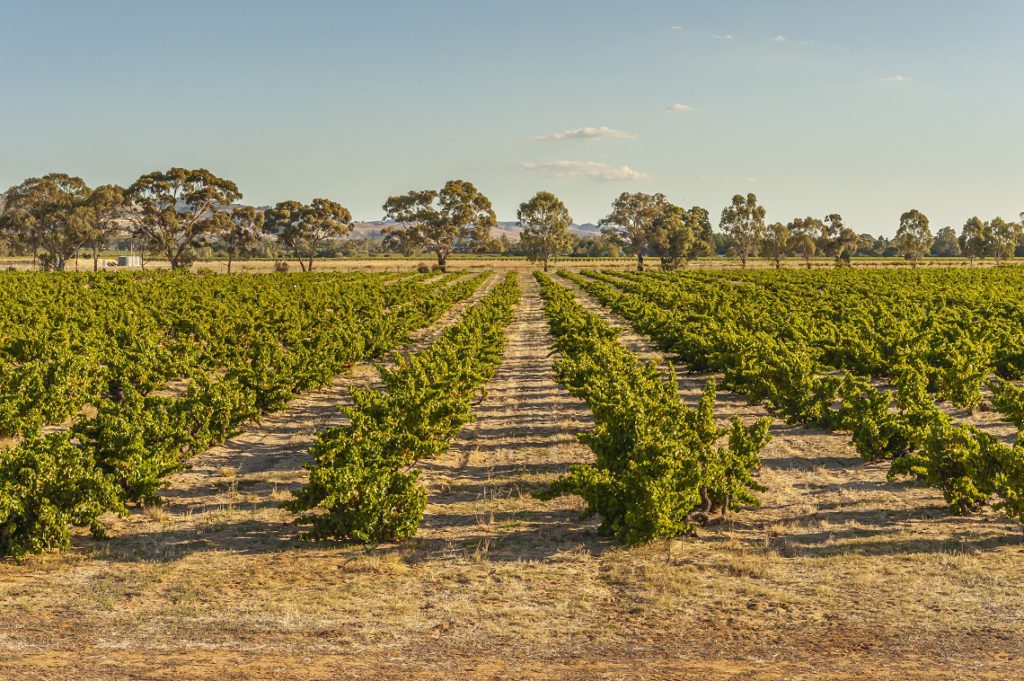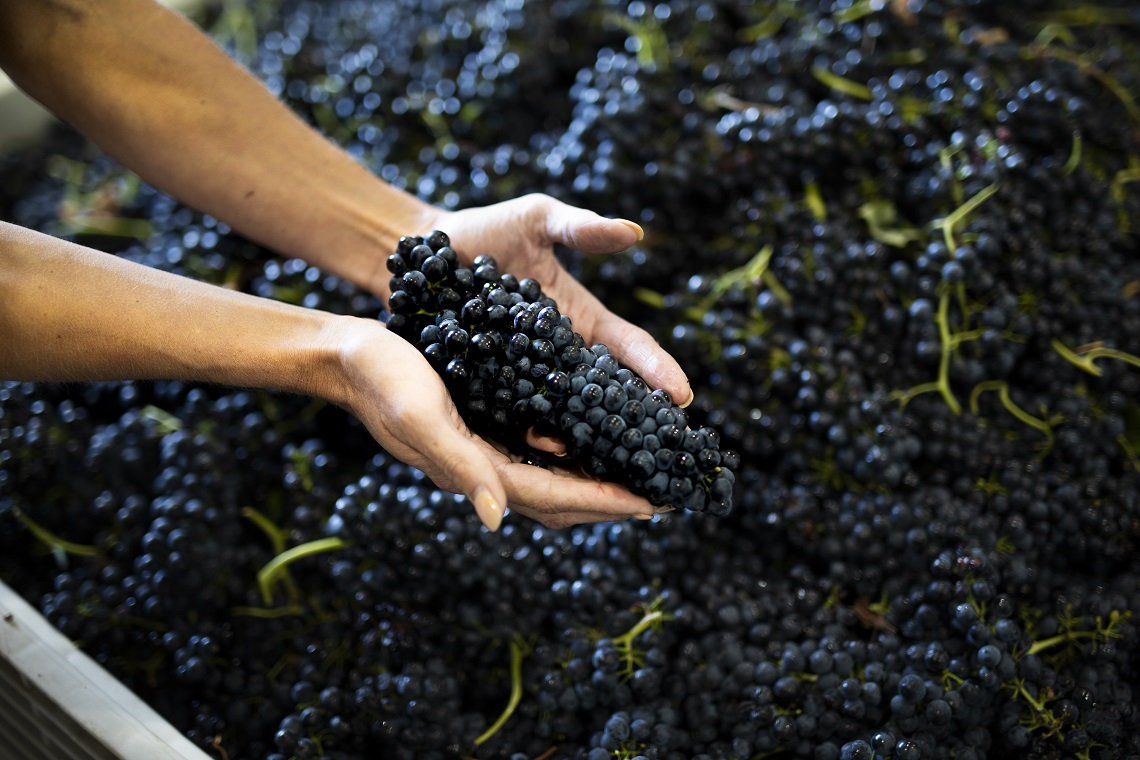In the July issue of National Liquor News, wine producers from the Barossa described the outcome of vintage 2021 and why they’re excited to share it with Australian retailers. Story by Dan Hughes.
This year has been a vintage to celebrate for wineries throughout the Barossa region as they report great quality grapes, a relatively hazard free growing season and favourable weather that has broken a two year drought. It’s a great time for retailers to capitalise on the cool climate South Australian region which produced an exceptional 2021 vintage.
Alex Trescowthick, Winery Operations Manager and Chief Winemaker at RedHeads Wine summarised the 2021 vintage timeline and said: “We are fortunate early rain and a dry finish has kept this year’s crop even and disease free. Personally, I think the mild weather will have the largest impact on the 2021 vintage stylistically, with a cooler season, we have seen a beautiful acid retention and balance in the fruit.
“Ignoring geography and soil types, the cooler, milder vintage that was practically extreme weather event free, allowed the vines to work their magic through the growing season into harvest relatively stress free.”

The return of high yields
While the 2020 vintage in the Barossa produced quality grapes, it didn’t showcase a high yield for many of the wineries in the region.
This year wineries saw a return to higher yields in their vineyards, which also continued the quality reputation that the region is known for.
“We were very buoyed with harvest this year, which after two consecutive vintages in 2019 and 2020 being particularly small (whilst excellent quality), seeing that we returned to long term average yields and some remarkable wines from the bottom right to the top,” said Allister Ashmead, Co-Managing Director and second-generation Co-Owner at Elderton Wines.
“The 2021 harvest is superb. It should be said that the best of the best of the Barossa is always remarkable, but my thoughts of 2021 is it is another one of those vintages where every parcel of fruit has elevated itself to be pretty remarkable.”
Louisa Rose, Head Winemaker at Yalumba, said the region had consistent weather patterns to help promote better growth than recent vintages.
“We had another quite dry winter in our 2021 vintage but we had a good spring so we had good growth. And it’s been quite a mild season where we didn’t get a lot of rain, but we had slightly cooler than normal temperatures,” Rose said.
“Things ripened up quite slowly this year and we managed to bring everything in with perfect timing so we were very lucky in that respect and the quality of what we’ve got in is beautiful. So we’re very excited.”
Quality was also a focus in the 2021 vintage for Bernadette Kaeding, Owner and Winemaker at Rojomoma, who said: “The quality is fantastic. Flavour development was stunning, with controlled alcohol and beautifully ripe tannins. Crop levels for us were still lower than normal, especially for our old Grenache vines, but overall much higher than the previous two years.”
With the Barossa famous for red grape varieties, Richard Mattner, Winemaker at Pepperjack, part of Treasury Wine Estates portfolio, said the 2021 vintage will showcase and highlight the region’s reputation.
“This vintage has been fantastic. Both the Cabernet and Shiraz look exceptional. I think you will really see the diversity of the Barossa this year with all sub-regions really expressing themselves,” Mattner explained.
“The cooler southern end of the Barossa is expressing ripe red berry fruit, the centre of the valley is displaying lovely rounded blue fruit whilst the northern valley and the eastern and western ridges are bringing more of your darker, denser fruit and tannin. It all adds up to what looks like a season to remember.”

A sustainable future
Looking at the wineries of the Barossa, there is a clear eagerness to ensure the region is able to continue producing wine for generations to come.
Tim Dolan, Senior Winemaker for Peter Lehmann Wines, part of the Casella Family Brands portfolio, said the Barossa has significantly increased its focus on sustainability in recent years, in both the vineyards and wineries.
“[Sustainability] is certainly at the forefront of any major decision making now and into the future. Our grower liaison and viticulture team continues to work closely with our network of longstanding growers to manage the impacts of climate change and encourage all viticulture practises with sustainability in mind,” Dolan explained.
Trescowthick believes all wineries in the Barossa will also play a key role in the region’s economic and environmental longevity, in more ways than one.
“I think in general most wine regions view sustainability as a longer-term commitment, so you need to be looking after your soil and the surrounding environment,” he said.
“One thing that gets a little over-looked in the Barossa is that we produce a lot of glass bottles here, which is far better than using imported glass or transporting them from interstate.”
Read the rest of this story, including insights about the role of retail for Barossa winemakers, in the July issue of National Liquor News.

